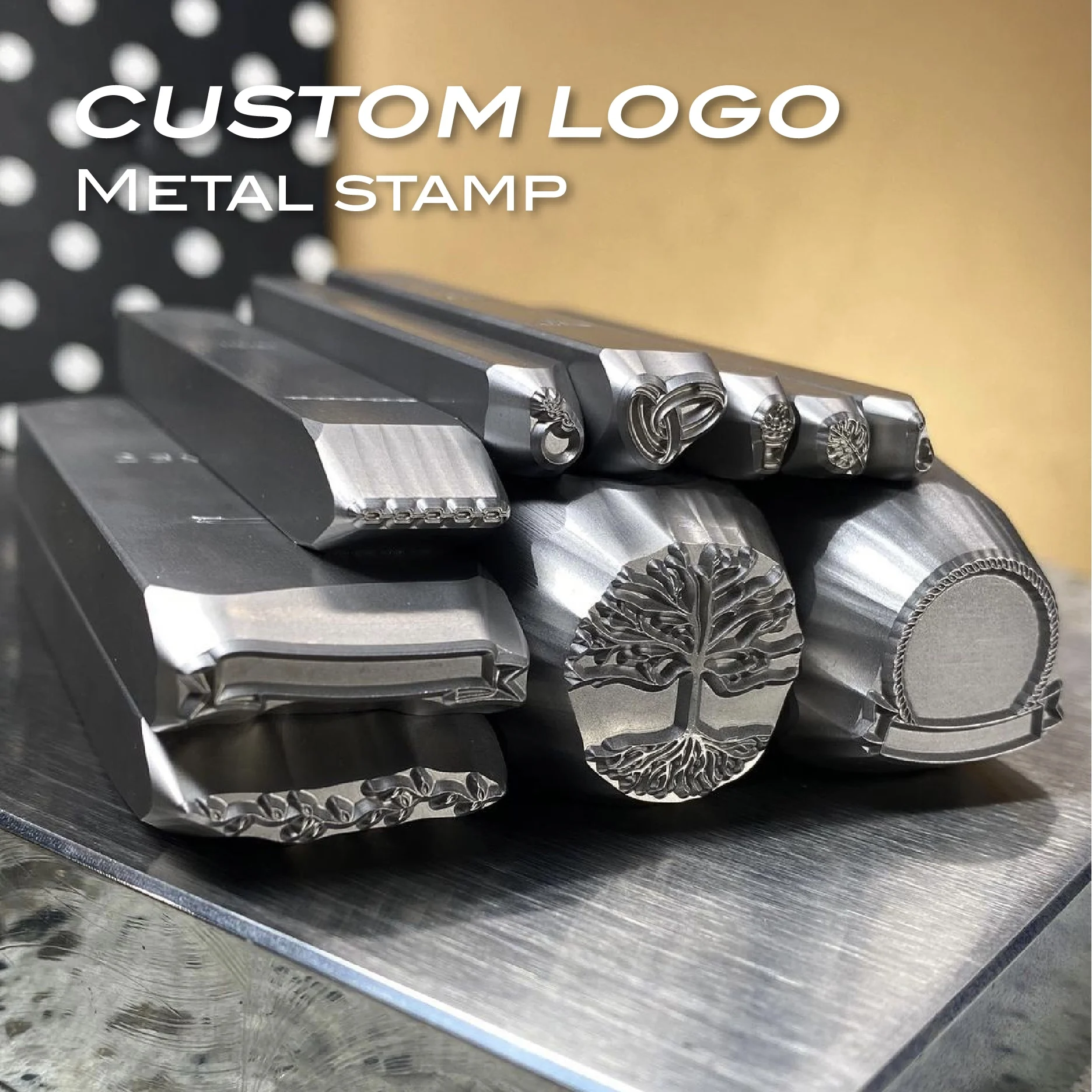Steel Marking Innovations: Elevating Manufacturing Processes for Superior Results
In the realm of manufacturing processes, steel stamping has long been a cornerstone method for creating a variety of accuracy parts. However, with the ruthless march of technical development, the landscape of metal marking is undertaking a significant improvement. Advancements in this field are not only enhancing the effectiveness and top quality of manufacturing but are also leading the way for new possibilities that were previously beyond reach. As the market accepts these sophisticated developments, a redefinition of what is attainable in production is underway, promising superior results and establishing new requirements for quality in the field.
Development of Steel Stamping Methods

Additionally, advancements in product scientific research have actually resulted in the growth of high-strength alloys that can currently be effortlessly stamped into complex forms, satisfying a more comprehensive variety of industrial applications. The combination of robotics and expert system has actually further maximized the stamping procedure by enhancing speed and precision while reducing the danger of human error.

Impact of Advanced Products
Have innovative products transformed metal stamping procedures considerably in the manufacturing industry? By using materials such as high-strength alloys, advanced compounds, and cutting-edge coverings, metal marking processes can now produce elements that are lighter, stronger, and much more durable than ever previously.
These innovative materials provide premium mechanical residential properties, corrosion resistance, and thermal stability, enabling manufacturers to meet the needs of modern-day sectors such as aerospace, vehicle, and electronics. Additionally, making use of sophisticated materials in metal stamping has actually facilitated the production of complicated geometries and detailed designs that were previously unattainable through standard approaches.
In addition, the execution of advanced products has actually brought about reduced material waste, lower production costs, and shorter lead times, making steel marking processes a lot more economical and sustainable. As technology remains to breakthrough, the impact of sophisticated products on metal stamping procedures is expected to drive more development and enhance the competition of producers in the global market.
Automation in Metal Stamping
The development of metal stamping procedures driven by the assimilation of advanced materials has actually set the stage for substantial innovations in automation within the production industry. Automation in steel marking has changed production procedures, enhancing effectiveness, precision, and total result quality. Through the application of robotics, sensors, and computer-controlled systems, jobs that were once try these out manual and time-consuming can currently be implemented with unparalleled speed and accuracy.
Automation in metal marking not just speeds up manufacturing rates yet likewise ensures uniformity in the manufacturing procedure. By reducing human intervention, the threat of errors is considerably reduced, bring about greater levels of product uniformity and reliability. Additionally, automation enables suppliers to carry out complicated marking tasks that would certainly be not practical or challenging to attain by hand.
Moreover, automation in steel stamping adds to a much safer working setting by decreasing the requirement for staff members to engage in repeated or unsafe jobs - Metal Stamping. This change towards automation not just boosts efficiency yet also paves the means for the future of manufacturing, where technology plays a main role in driving operational excellence
Quality Assurance and Inspection Systems
With a focus on precision and integrity, quality assurance and evaluation systems play a vital function in guaranteeing item quality in metal stamping procedures. These systems are designed to navigate to these guys keep an eye on every phase of production, from material assessment to the end product, to ensure that all parts satisfy the needed criteria. By executing advanced innovations such as optical examination systems, coordinate determining makers (CMM), and automated gauging tools, manufacturers can find even the tiniest inconsistencies in dimensions, surface top quality, and general honesty of stamped parts.

Sustainability Practices in Steel Stamping
Structure upon the structure of accuracy and integrity developed through quality assurance and examination systems, the combination of lasting methods in metal stamping processes is increasingly becoming a centerpiece for producers seeking to a knockout post minimize environmental influence and optimize source utilization. Sustainability practices in metal stamping include a series of efforts focused on minimizing waste generation, power intake, and greenhouse gas emissions throughout the manufacturing process.
One trick aspect of sustainability in steel stamping is the fostering of eco-friendly products and innovations that advertise recyclability and waste decrease. By using recycled products and applying energy-efficient equipment, manufacturers can decrease their carbon impact and contribute to an extra sustainable manufacturing cycle. Furthermore, optimizing manufacturing processes to minimize product waste and energy usage not just benefits the environment but additionally results in set you back savings for businesses in the lengthy run.
Additionally, the execution of sustainable techniques in metal marking can enhance brand credibility and allure to environmentally mindful consumers. As sustainability remains to gain value in the manufacturing industry, incorporating environment-friendly initiatives right into steel stamping procedures is vital for long-lasting success and competitiveness in the market.
Conclusion
Finally, steel stamping strategies have actually significantly progressed in time, including advanced materials and automation to enhance making procedures. Quality assurance and evaluation systems play a critical role in making sure premium outcomes, while sustainability practices are progressively being carried out to lower environmental effect. These advancements in steel marking have revolutionized the market, causing extra sustainable and reliable production approaches for various markets.
Steel marking, once a manual and labor-intensive procedure, has changed right into an extremely automated and sophisticated approach of forming metal sheets into various types and designs.Have sophisticated products transformed steel stamping processes significantly in the production sector? By making use of products such as high-strength alloys, advanced composites, and innovative coverings, metal stamping procedures can currently create elements that are lighter, stronger, and more durable than ever in the past.
The advancement of steel marking procedures driven by the combination of innovative products has actually established the phase for substantial innovations in automation within the manufacturing industry.In conclusion, steel marking methods have substantially developed over time, incorporating innovative materials and automation to improve making processes.